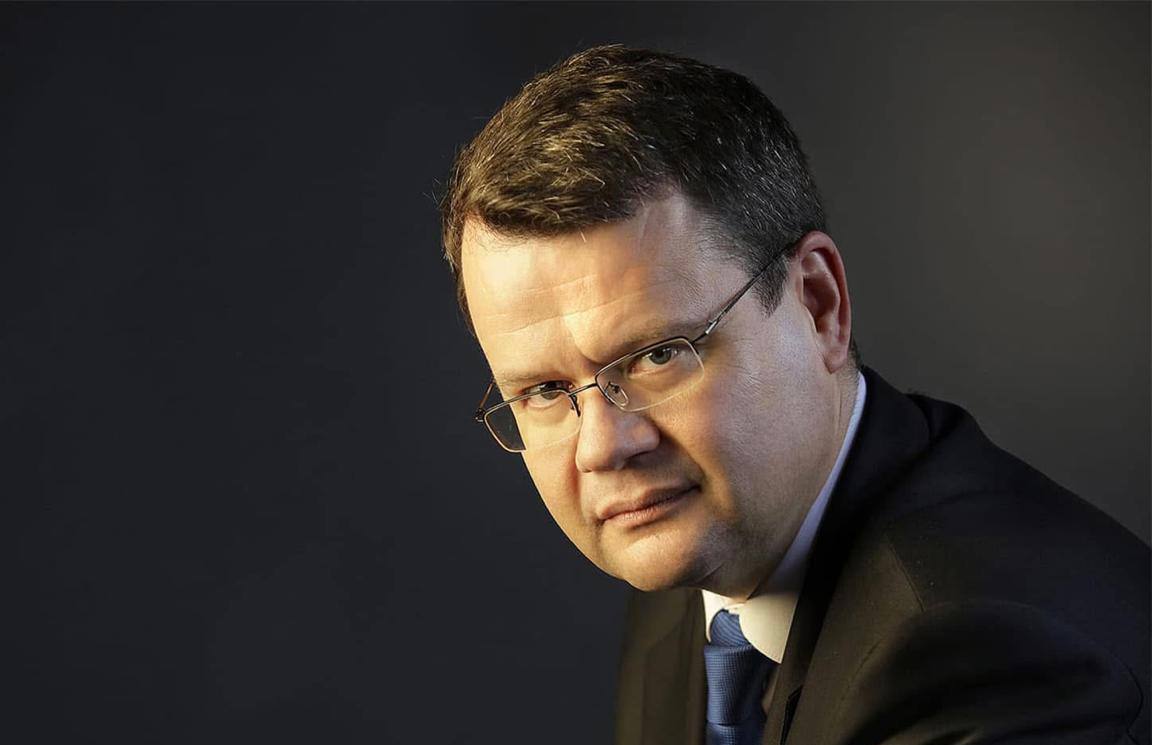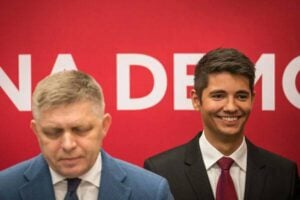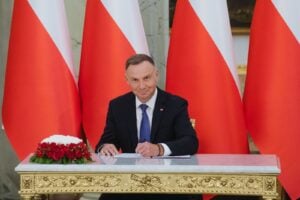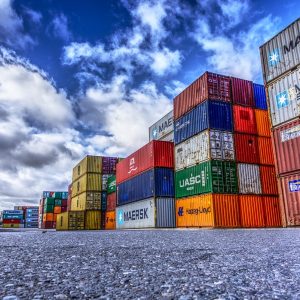Recovery without investment: Garbaruk talks about real barriers, reserves and prospects for Ukraine’s economy
15 October 16:20 EXCLUSIVE
EXCLUSIVE
Despite the Ukrainian government’s optimistic statements about the country’s investment attractiveness, the reality is much more complicated. In an exclusive commentary for
There is no real interest in investment yet. The government has no comprehensive proposals for investors. At the moment, it all boils down to selling off state property, minerals and agricultural land for a pittance,” emphasizes Garbaruk.
He believes that the state strategy should not be based on an emergency sale of assets, but on a clear plan to restore and support the national producer.
The cost of war: billions in losses and decades of reconstruction
According to the World Bank:
- $176 billion in direct losses for Ukraine,
- $588 billion in indirect losses,
- $524 billion is needed to fully restore the country over the next 10 years.
“Every year, Ukraine needs to attract from $17.6 to $52.4 billion for recovery,” the economist emphasizes, “But if the level of direct investment remains at the current level – just over $3.5 billion – the question arises: where to get the rest of the money? And how long will the recovery take – 15, 20 years or even longer?
One of the most egregious examples of economic losses is the situation with JSC “SJSC “Automobile Roads of Ukraine”:
Since the beginning of the full-scale invasion, 59 production bases and 211 pieces of equipment have been destroyed or damaged. And another 1,258 pieces of equipment and 358 infrastructure facilities remain in the combat zones or in the occupied territories,” says Garbaruk.
“By region, the losses look like this:
- Donetsk region – 67 objects (31 since 2014),
- Zaporizhzhya region – 63 facilities,
- Luhansk – 62 (25 since 2014),
- Crimea – 121 facilities since 2014.
Today, the issue of seizure and sale of Russian assets abroad is more relevant than ever. These funds should be used to compensate Ukrainian companies that will rebuild the country,” the expert emphasizes.
Foreign investors: not the main donor of the Ukrainian economy
The form of presence of foreign capital (LLC, JV, representative offices) is not important. Because Ukraine’s largest investor is still… migrant workers who send billions to the country every year,” emphasizes Garbaruk.
“Revenues from labor migrants:
- 2021 – $15 billion
- 2022 – $13 billion
- 2023 – $11.7 billion
The main reason for investment restraint, the expert says, is the lack of effective investor protection, especially for national investors. If the government creates transparent rules and shows its willingness to support Ukrainian business, it will send a powerful signal to foreign investors.
Potential sources of funding that are not being tapped:
- $148 billion – offshore funds,
- $50-80 billion – savings of citizens outside the banking system,
- 35-37% – the share of the shadow economy in the B2B and B2C segments.
“These funds should not be wasted, but directed to strategic infrastructure projects, logistics hubs, and technology parks,” Garbaruk adds.
Defense industry as the main driver of the economy of the future
For the next 10 to 15 years, Ukraine will be Europe’s security shield. Accordingly, the defense industry should become the backbone sector of the economy,” the expert is convinced.
The main principles of investing in the defense industry:
- public funds – within the country, not abroad,
- procurement of services from national contractors,
- cooperation and localization of production (explosives, electronics, etc.),
- construction of factories for the production of scarce components.
Ihor Garbaruk outlines three key vectors for attracting targeted investment:
- High-tech enterprises based on Ukrainian developments for defense.
- Reindustrialization – mining, machine building, chemicals, pharmaceuticals, and agro-processing.
- Infrastructure and logistics – the long-term state policy “Ukraine as a transport and logistics hub”.
The geography of investment has changed since the start of the full-scale war:
- Dnipro region: from $421.7 million (2023) to $773.5 million (2024),
- Kyiv region: from $474.2 million to $330.7 million,
- Lviv region: from $424.2 million to $265.2 million,
- м. Kyiv: a drop from $3,116.5 million to $1,826.1 million.
Investors are looking for new, relatively safe regions to place their capital. This trend is important to take into account in regional policy,” says Garbaruk.
Mr. Garbaruk is convinced that Ukraine has enormous internal potential, both human and financial. But without real investor protection, without a focus on national entrepreneurs and a strategic industrial policy, foreign investment will remain just a dream.
The expert emphasizes that when considering the topic of investment, every official or journalist in Ukraine should not think about “magnets” for foreign capital in the coming years, but rather about how to create conditions for cooperation with national businesses and their owners.
A foreign investor will definitely withdraw most of the profits earned in Ukraine. A national investor, however, will keep it here and reinvest it in expanding its own production capacity.
We would like to remind you that during the business discussion “Bukovel as an investment magnet: has the last train left the station?” organized by
The most active investor countries remain:
- Turkey is the undisputed leader in the number of new projects;
- The United States, Poland, and Germany, which together with Turkey form the top five key partners.
Read us on Telegram: important topics – without censorship









